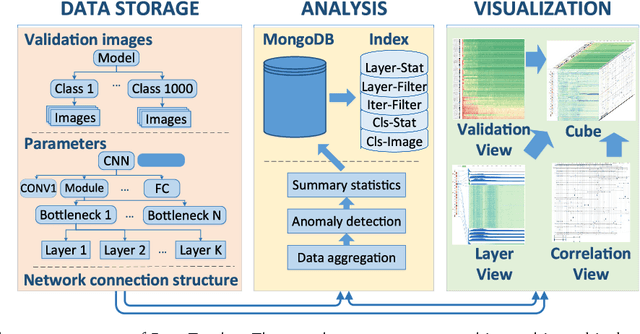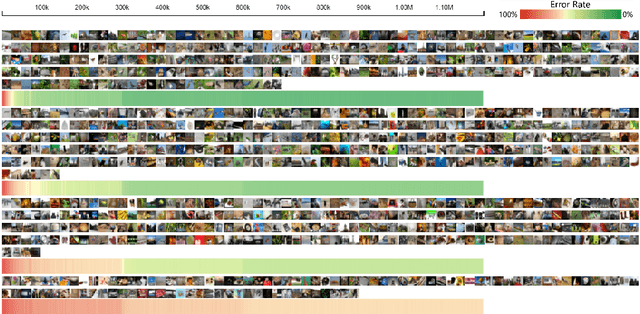Yuxiao Guo
3D Feature Prediction for Masked-AutoEncoder-Based Point Cloud Pretraining
Apr 14, 2023



Abstract:Masked autoencoders (MAE) have recently been introduced to 3D self-supervised pretraining for point clouds due to their great success in NLP and computer vision. Unlike MAEs used in the image domain, where the pretext task is to restore features at the masked pixels, such as colors, the existing 3D MAE works reconstruct the missing geometry only, i.e, the location of the masked points. In contrast to previous studies, we advocate that point location recovery is inessential and restoring intrinsic point features is much superior. To this end, we propose to ignore point position reconstruction and recover high-order features at masked points including surface normals and surface variations, through a novel attention-based decoder which is independent of the encoder design. We validate the effectiveness of our pretext task and decoder design using different encoder structures for 3D training and demonstrate the advantages of our pretrained networks on various point cloud analysis tasks.
DeepTracker: Visualizing the Training Process of Convolutional Neural Networks
Aug 26, 2018



Abstract:Deep convolutional neural networks (CNNs) have achieved remarkable success in various fields. However, training an excellent CNN is practically a trial-and-error process that consumes a tremendous amount of time and computer resources. To accelerate the training process and reduce the number of trials, experts need to understand what has occurred in the training process and why the resulting CNN behaves as such. However, current popular training platforms, such as TensorFlow, only provide very little and general information, such as training/validation errors, which is far from enough to serve this purpose. To bridge this gap and help domain experts with their training tasks in a practical environment, we propose a visual analytics system, DeepTracker, to facilitate the exploration of the rich dynamics of CNN training processes and to identify the unusual patterns that are hidden behind the huge amount of training log. Specifically,we combine a hierarchical index mechanism and a set of hierarchical small multiples to help experts explore the entire training log from different levels of detail. We also introduce a novel cube-style visualization to reveal the complex correlations among multiple types of heterogeneous training data including neuron weights, validation images, and training iterations. Three case studies are conducted to demonstrate how DeepTracker provides its users with valuable knowledge in an industry-level CNN training process, namely in our case, training ResNet-50 on the ImageNet dataset. We show that our method can be easily applied to other state-of-the-art "very deep" CNN models.
 Add to Chrome
Add to Chrome Add to Firefox
Add to Firefox Add to Edge
Add to Edge